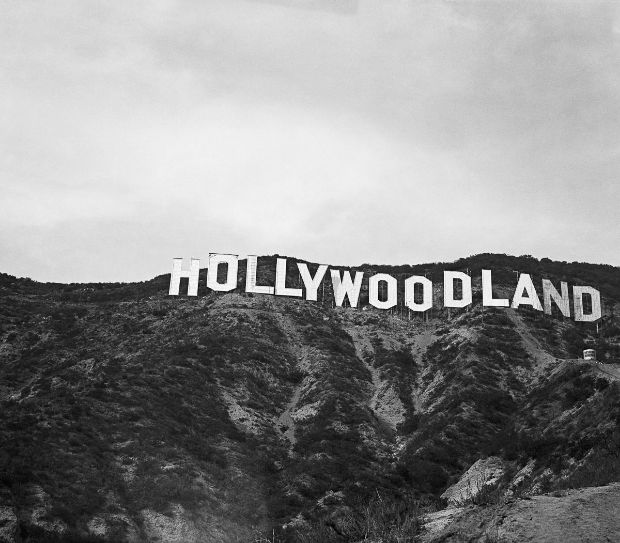
An early enclave of Storybook Style exists right here in the heart of Los Angeles. The neighborhood of Hollywoodland began in 1923 when two developers purchased 500 acres of land nestled at the foot of Mt. Lee, just above the town of Hollywood. This was way back when before any houses dotted the hillside and the land was simply covered with oak trees, holly bushes, greasewood, and poppies. Ferns grew under the trees and there were natural springs where visitors would get their water. The developers laid out winding streets with steep hillside building lots ranging in price from $2,500 to $55,000. Imagine buying a hillside lot in that price range today! Here the developers planned to build a gated community of homes for the “movie people” who were just coming to prominence.
To advertise their housing development, the Hollywood sign was erected. We, of course, all know the sign today but back in 1923 there were four more letters: L-A-N-D. The 13 letters were illuminated at night by 4,000 incandescent bulbs meant to shine so brightly they could be seen by all of Los Angeles below to build interest in the real estate development.
Whatever happened to the sign’s final four letters? Well, LA legend has it that the in the late 1940s a landslide took out the L-A-N-D letters. While a fun story, sorry to say, that is not the case. In fact, only one of the sign’s letters collapsed in the 1940s: the H. Because by this time the sign was not being used to advertise real estate, it had fallen into disrepair. In January 1949 the city’s Recreation and Parks Commission ordered the sign demolished. But after the city council overruled the apparently unsentimental park commissioners, the Hollywood Chamber of Commerce offered to restore the H if it could drop the L-A-N-D. Although the sign’s appearance has evolved over the years, its basic aspirational message remains the same: This is a place where magic is possible, where dreams can come true.
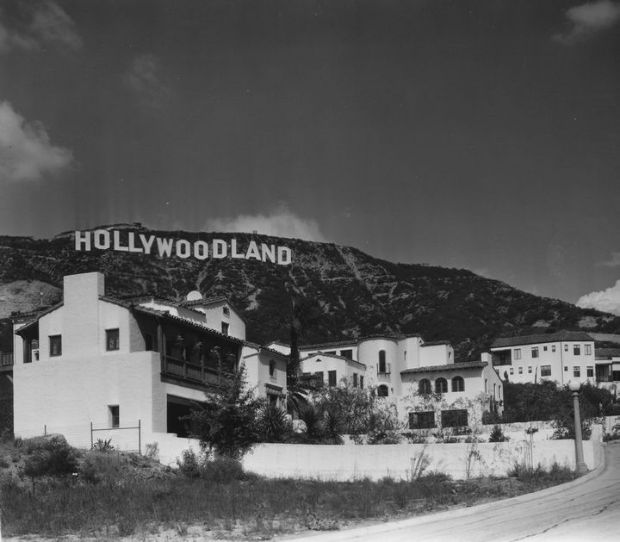
The homes built in Hollywoodland were required to be built in, “French Normandy, Tudor English, Mediterranean, and Spanish styles.” Since there were no restrictions as to the authenticity of these styles, many of them veered into the Storybook Style territory. While Hollywoodland is by no means the exclusive home to the style, it is, many would say, the capital.
Hollywoodland’s strongest appeal lies in the original homes of the tract. Part “kitsch,” part beauty, they range from a vine-covered cottage reminiscent of the house of the seven dwarves to Normandy castles fit for royalty. These homes were laid out by thoughtful, artistic people who, it seems, wanted to create an environment of beauty, not tract housing as we know it today. Another draw to Hollywoodland, expressed is in the developer’s phrase “freedom of the hills” applies to residents of Hollywoodland lucky enough to live and work within the canyon. An artist, writer, or musician can hole up with creative work yet remain close (in fact, in walking distance) to the rest of the world. As showy and aggressive as the sign was, the developers managed to lay out homes in such a way as to create a small town charm.
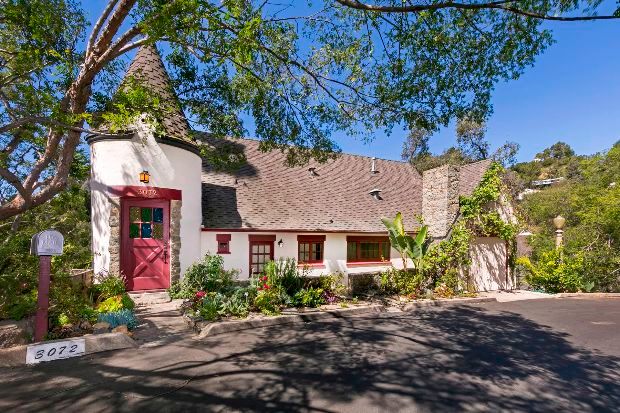
Hollywood Celebrities were drawn to the area then as they are now for the beauty, seclusion, views and great location. The proximity to the major studios is hard to beat. Many Hollywoodland homes have a fantasy feel to them. You’ll find castles, Tudors and ivy-covered cottages right alongside Spanish and mid-century gems. Homes in the higher elevations have views over the canyon and city all the way to the ocean. Like many areas of Los Feliz and the Hollywood Hills, Beachwood Canyon and Hollywoodland are well-loved and have loyal homeowners keeping their famous neighborhood worthy of its place in history and the well known sign in its hills.
Among the earliest celebrated residents were the actors Bela Lugosi, Humphrey Bogart, and Gloria Swanson. Plus the gangster Bugsy Siegel…
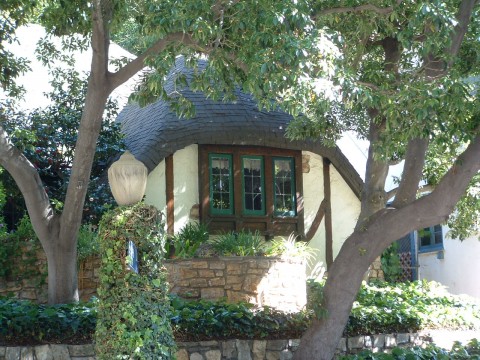
“The storybook style is quintessential Los Angeles in the 1920s and ’30s, with English-cottage-style buildings featuring exaggerated sagging roofs, cobblestones and an overall playfulness in design,” said Adrian Scott Fine, director of advocacy for the Los Angeles Conservancy. “It was all about creating a fantasy and a sense of age, something straight out of Hollywood’s world of make-believe. No place better exemplifies this type of architecture than Los Angeles.”
“Storybook houses are an outgrowth of the blurred line of fantasy and reality that is particular to Los Angeles,” says Trudi Sandmeier, a preservationist at the Los Angeles Conservancy. The style pops up across the country, she notes, but it never attained the popularity it enjoyed in L.A. (and to some degree in Northern California). But the trend was short-lived; construction of Storybook-style houses all but stopped by the late 1930s.
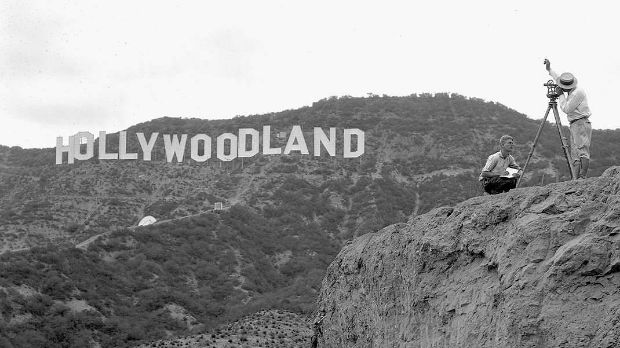
The Hollywood sign needed periodic fixing up until the late 1970s, when it evident the sign needed to be completely replaced. In 1978, a group of Hollywood history buffs, including Hugh Hefner, Andy Williams, and Gene Autry, donated enough money to construct each letter in the new sign. Alice Cooper even contributed $27,000 to build the second “O” in honor of his recently departed friend, Groucho Marx.
And so in August of 1978, the old sign was torn down, its telephone poles ripped out of the earth. In their place were 20-foot steel beams, drilled into the earth and cemented in concrete. The old patchwork letters were replaced with sturdier ones made of corrugated steel coated in white enamel. The sign was finished within three months.
The sign is now protected by infrared cameras, a satellite view, and 24 hour surveillance from Griffith park rangers. Hugh Hefner came to the rescue of the sign again in 2010 when he, along with a group of Hollywood heavyweights, raised $12.5 million for the purchase of 138 acres of land to the west of the sign to “save the peak,” which had been put on the market to sell as residential parcels. 21 This would have destroyed the unobstructed, clean view of the Hollywood sign.
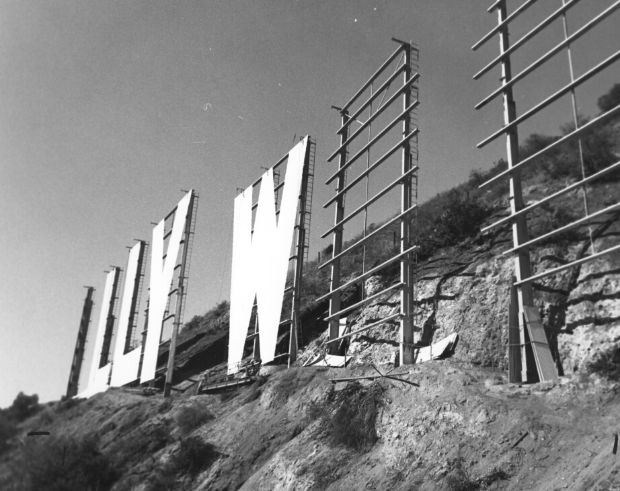
But back to the storybook style. At a time when Neutra and Schindler are considered gods by architecture buffs (and rightfully so, of course!), a house with tiny windows, dark and cozy little rooms, and an inherent sense of humor may seem like the opposite of cool. But that’s also precisely what makes the storybook style so heavenly for some. The homes are not cold and clinical, they are warm, inviting, friendly, and seem to have a personality all their own.
And given the paucity of availability for the homes, when people are passionate about the Storybook style, they will sometimes pay a premium for it. Sometimes an additional 5% or 10% according Beverly Hills realtor Michael Libow.
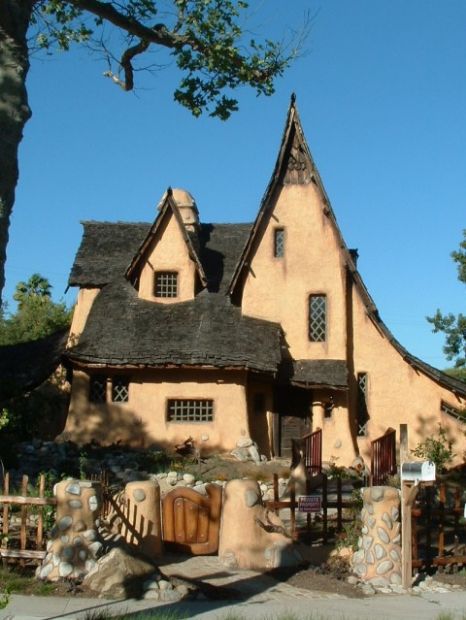
Storybooks are light in their whole approach and the style can make you smile by evoking whimsy and fantasy but make no mistake: these homes are not Hollywood studio sets. They are meant to be lived in, loved, and cherished. Soon we will celebrate the homes 100 year centennial. These homes are meant to stay. In fact, I know at least one incredible storybook that is on the market today…
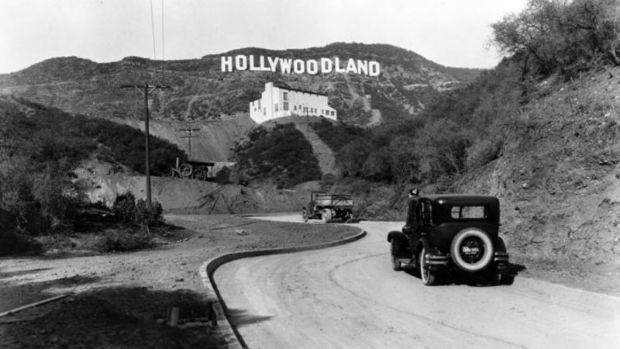
If you want to read more about the storybook style you should definitely pick up Storybook Style: America’s Whimsical Homes of the Twenties, which goes way deeper into the meaning and history behind the style than I ever could here. Plus, there’s a new edition with hundreds of incredible photos of storybook homes through Los Angeles and the rest of the country.